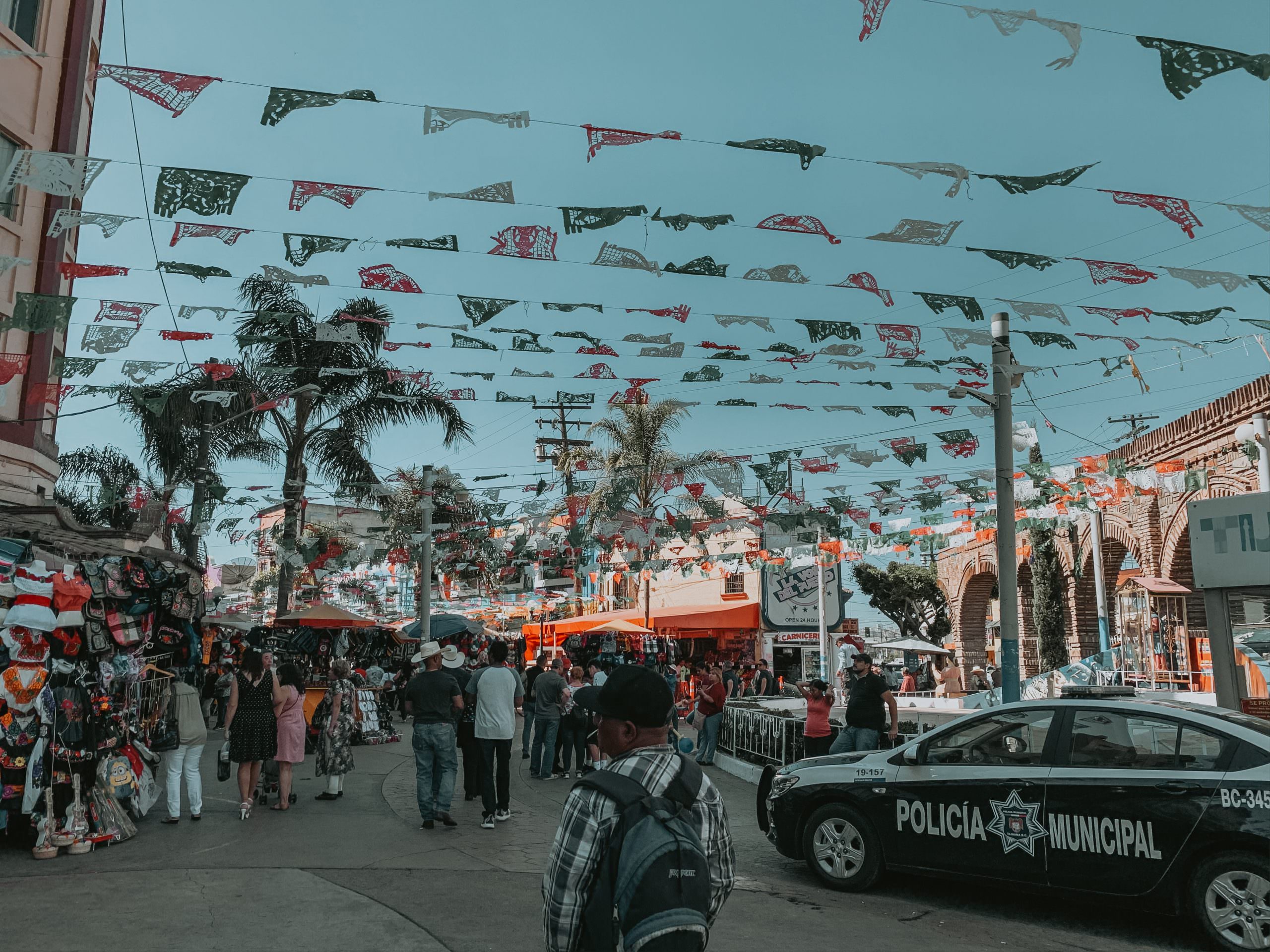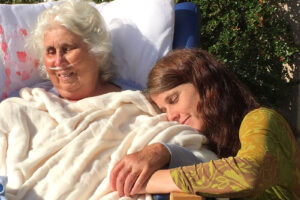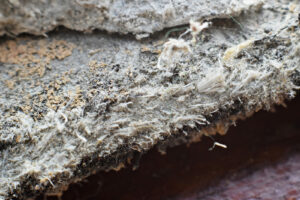“Always, people who are desperate […] will go to any lengths to find an answer with which they are comfortable,” says Irving Stackpole, president of Stackpole & Associates, a market research and business development firm in the health care sector. Stackpole is responding to the phenomenon of Americans seeking medical treatments outside the country, often as a last-ditch attempt to cure chronic illnesses, especially cancer.
A 2009 article from Minnesota newspaper Star Tribune declares Tijuana, Mexico, “the world’s most concentrated battlefield against [cancer].” With loose regulations and a lower cost of living, Tijuana is a popular medical tourism destination for cancer warriors who aren’t getting the results they want from their conventional treatment regimes.
While, yes, there are reputable hospitals in Tijuana providing safe treatment to those who seek it, such as Hospital Ángeles, there are just as many “sketchy” facilities which dangerously advise cancer patients to abandon conventional treatment for a gamut of odd and “too good to be true” treatments with virtually no evidence to their efficacy. Some of these treatments include coffee enemas, inducing fevers, and rigorous juicing (sometimes upwards of drinking one juice per hour), among many others.
A 1991 abstract in CA, a journal published by the American Cancer Society, notes that most clinics in Tijuana offer “metabolic therapies” which generally follow a three-phase regime: detoxification by enemas and special diets, followed by a stage of strengthening the immune system with natural supplements, and then attacking the cancer directly with treatments as far ranging as injections of hydrogen peroxide to liver and carrot juice. “The American Cancer Society, therefore, strongly urges individuals with cancer not to seek treatment with metabolic therapies in the Mexican border clinics,” the journal goes on to say.
One of the first alternative treatment clinics in Tijuana was opened by Harry Hoxsey in 1963, based around an herbal supplement that supposedly cures cancer. A 1990 publication from the now-defunct Office of Technology Assessment (an effort from the U.S. Congress to provide Congressional members and committees with analysis of scientific and technical issues, such as cancer) tells his story. Harry’s great-grandfather John prepared an herb formula for a horse with cancer; after taking the formula, the horse’s cancer was supposedly cured. “John Hoxsey surmised that the wild plants had caused the recovery. He gathered some of the plants from the pasture, and later added ingredients from old home remedies for cancer,” the publication states.
After coming under fire from the U.S. Food and Drug Administration for repeated violations, includ-ing his “reluctance to disclose the treatment formulas,” Harry Hoxsey was forced to close his American clinic and reopened it in Tijuana in 1963. The publication goes on to say that Hoxsey did not know why his treatment worked—it quotes Hoxsey as saying that the treatment “corrects the abnormal blood chemistry and normalizes cell metabolism [by] stimulat[ing] the elimination of toxins which are poisoning the system.”
Always, people who are desperate […] will go to any lengths to find an answer with which they are comfortable.
-Irving Stackpole, president of Stackpole & Associates
The Memorial Sloan Kettering Cancer Center has a page on its website dedicated to warning patients against the Hoxsey method, making note of the fact that the formula, through testing, hasn’t been proven to affect cancer cells in any way. “Hoxsey also claimed that his topical medicine would selectively kill cancer cells, however the caustic ingredients contained in the ointment are known to burn healthy tissue as well,” the website states.
Hoxsey’s treatment is just one example of Tijuana clinics touting dangerous cancer treatments. There are certain buzz words associated with alternative treatment centers in Tijuana. “Hoxsey” is one of them,
“Gerson” and “laetrile” are two others. Laetrile, in this case, is another name for amygdalin, a bitter substance found in fruit pits. When laetrile breaks down in the body, it releases cyanide. Proponents of laetrile therapy believe that the substance targets tumor cells while leaving healthy cells alone. However, in numerous National Cancer Institute (NCI) funded clinical trials involving both animal and human subjects, laetrile was never proven to have any significant antitumor effects, nor was laetrile ever approved by the FDA for treatment of cancer. Laetrile treatment centers have been operating in Tijuana since the 1950s, but gained prominence in the mainstream media in 1980 when actor Steve McQueen sought laetrile treatment at a clinic in Juárez, Mexico, and ultimately died there.

This is not the only clinic garnering national attention after a celebrity death. Coretta Scott King, the civil rights activist and wife of Dr. Martin Luther King Jr., passed away from ovarian cancer in 2006, just days after checking in to the since-renamed Santa Monica Health Institute. The Institute opened in 1987, promoting treatments such as hyperthermia—exposing the body to high temperatures in order to kill cancer cells. The clinic was shut down by Mexican authorities after Coretta’s death, saying the clinic was conducting unauthorized surgeries, had poor sanitary conditions, and employed people who were not properly trained.
Another popular alternative treatment is Gerson Therapy, which appears relatively tame when compared to more aggressive and invasive treatments on offer. The Gerson Therapy treatment focuses on nurturing healthy cells over destroying cancer cells. According to the Gerson Institute’s website, “The Gerson Therapy™ activates the body’s extraordinary ability to heal itself through an organic, plant-based diet, raw juices, coffee enemas and natural supplements.” With a hefty price tag around 12,000 USD per week, the Gerson Therapy offers little more than a strict diet plan of drinking 15 to 20 pounds of organic fruits and vegetables each day: one juice per hour, for 13 hours.
One Gerson Therapy patient, Sue Ackerman, speaks publicly about how adopting the Gerson Therapy cured her of lung cancer. She shared a speech with Cancer Wellness about her experience treating cancer with Gerson Therapy. Diagnosed in January 2013, Ackerman adopted a Gerson diet by drinking 10 juices per day and pairing them with four to five coffee enemas per day. Ackerman’s oncologists recommended surgery, but days before the operation, she cancelled, intending to let the Gerson regime do its job “the natural way.” Six months into the therapy, her tumor had shrunk. She continued to have yearly scans, but sought no other medical attention. Six years after being diagnosed, Ackerman says of her tumor: “The spot where the tumor was continued to show up on the CT scans, but it did not change in size.”
It is strictly anecdotal accounts like Ackerman’s that contribute to cancer patients seeking alternative treatments outside of doctor’s recommendations, not scientific evidence. A recent study from Yale Medicine examined 1,290 patients with breast, prostate, lung, or colorectal cancer—258 used complementary medicine, and 1,032 did not. It found that patients who use complementary medicines during cancer treatment were more likely to forego some doctor-recommended conventional treatments. This was also associated with a higher risk of death. In an article on YaleMedicine. org, Dr. Skyler Johnson, part of Yale’s COPPER Center for cancer research, said: “The bottom line is that alternative and complementary medicines marketed and used as treatment for cancer are associated with an increased risk of death, if they lead patients to not use accepted medical cancer therapies. The alternative therapies themselves are not causing death—it’s the fact that they are replacing effective therapies.”
Hoxsey also claimed that his topical medicine would selectively kill cancer cells, however the caustic ingredients contained in the ointment are known to burn healthy tissue as well
But the alternative therapies themselves aren’t totally harmless. Take laetrile, which can lead to cyanide poisoning, or coffee enemas, which can lead to infection or even bowel perforation.
While those in treatment for cancer can certainly benefit from some of these treatments (like those that center around a plant-based, nutrient-rich diet), the danger found in these disreputable medical facilities is that they, ultimately, offer false hope. When a cancer patient’s treatment doesn’t seem to be working, or their current treatment regime is making them feel sicker, they may turn to the alternative treatment centers of Tijuana.
“The real issue, in my opinion, is that in the United States, we have a very odd and uncomfortable relationship with death and dying,” begins Stackpole. “The medical profession has not helped to this point, because they have sold hope through aggressive treatment even when many of the practitioners applying those aggressive treatments know very well that the probability [of curing the cancer] is miniscule.”
A better approach is to utilize complementary therapies that complement standard treatment. These therapies, like reiki, acupuncture, and oncology massage, help minimize chemotherapy side effects, promote the efficacy of standard treatments, and improve quality of life. A November 2014 study from JNCI Monographs found there is “strong evidence” that therapies like meditation and yoga lead to “mood improvement”—and the authors call for more research into just how complementary therapies can address unmet patient needs. Instead of seeking untested, unapproved, inherently dangerous treatments outside of the country, talk with your health care team about complementary therapies often covered in the pages of this magazine—movement, healthy eating, and taking time to de-stress and practice self-care can be some of the best medicine available to work in complement with your conventional cancer treatment.







